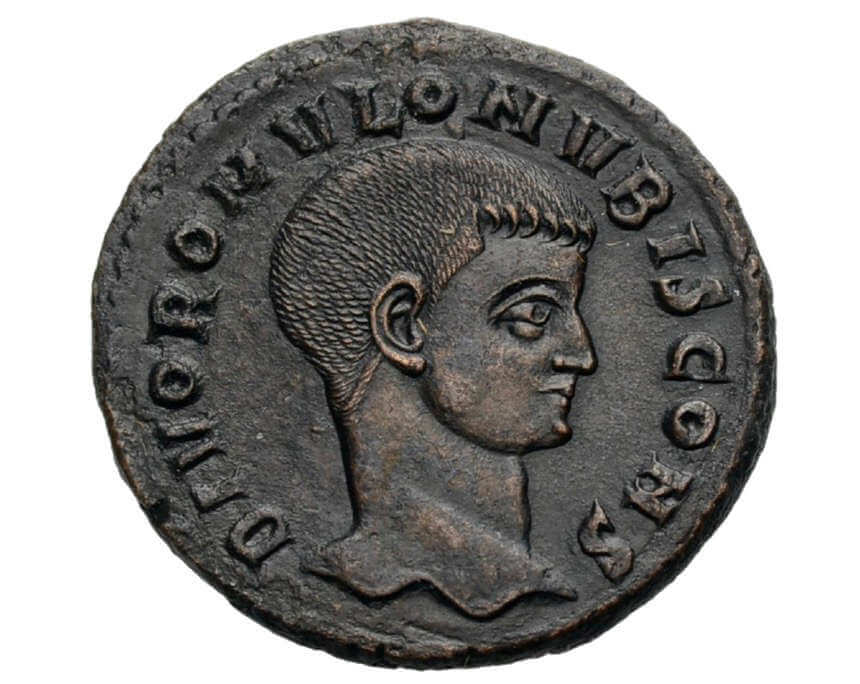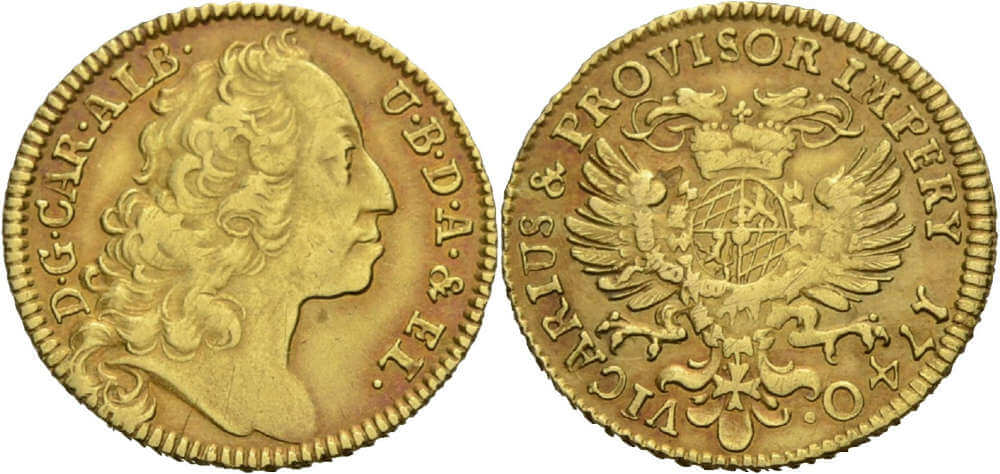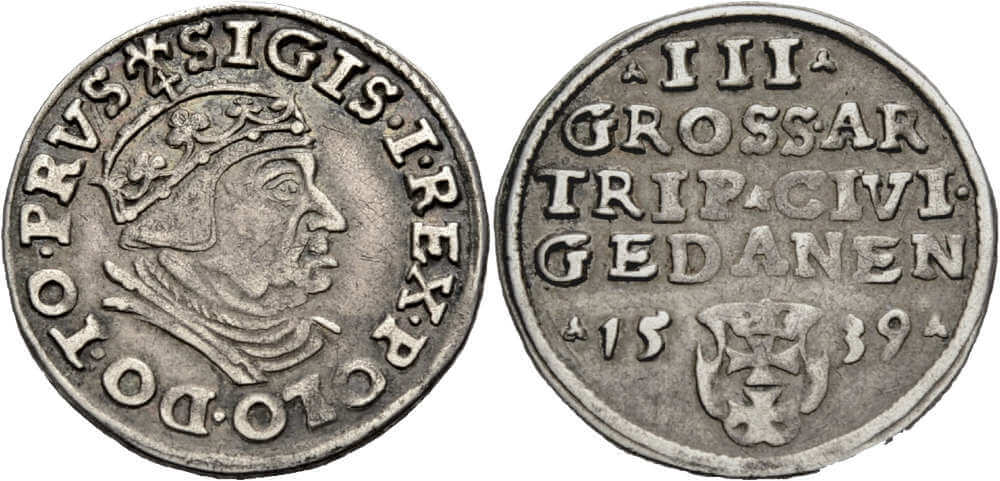Münzen & Medaillen GmbH, Electronic Auction 5
Münzen & Medaillen GmbH
Electronic Auction 5
Münzen
23 January 2024
Online
Münzen & Medaillen GmbH of Weil am Rhein, Germany, will hold their Electronic Auction No. 5 on Tuesday 23rd January 2023 via Biddr. The auction will include coins from the Greek and Roman periods as well as medieval and modern coins, many of which stem from a collection put together in Southern Germany in the 1970’s and 1980’s.
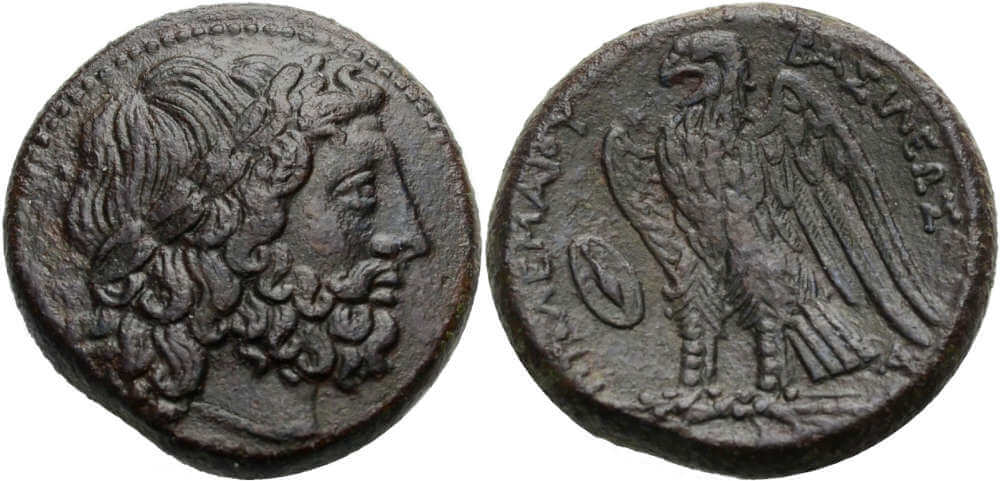
Lot 124: Greek. Egypt. Ptolemaios II Philadelphos (285-246 BC). Bronze, struck in Sicily (?). Good style. Dark, brown olive patina. Almost extremely fine. Estimate: 180 EUR.
The auction begins with a range of coins from ancient Sicily, including seldom found bronzes from cities including Adranon (No. 3), Aitna (Nos. 4 and 5), and the Southern coastal city of Herakleia Minoa (No. 8), as well as from a shadowy group of mercenaries, likely of Etruscan origin, who called themselves the Tyrrhenoi (No. 48). The Ptolemies also minted coins in Sicily, as a bronze of Ptolemaios II. Philadelphus, most likely minted in Syracuse and with a distinctly different, ‚Sicilian‘ style, demonstrates (No. 124).
Also of interest is the range of Sasanian, Hunnic and Arabo-Sasanian coins. These include half-dirhems from Tabaristan (Nos. 101-110), as well as a range of coins minted Bactrian and Hunnic rulers with different crowns and even with artificially lengthened skulls (Nos. 112,118,122). Later are also some bronzes minted under the Byzantine ruler Heraclius in Alexandria but possibly displaying the front-facing bust of the powerful Sasanian king Chosrhoes II. (Xusro II), who had occupied Alexandria at the time (Nos. 434-435).
Among the Roman coins are some good portraits of Caligula (No. 157), and Nero Claudius Drusus (Drusus the Elder), the younger brother of Tiberius and father of Claudius and Germanicus, an able general who died young following a fall from his horse (No. 159). There are also coins of female members of the imperial house, including Iulia Titi, daughter of Titus (No. 172), and Domitia (No. 179). The Dupondius of Hadrian (No. 186) has a fine portrait with radiate crown and Pegasus on the reverse, and the As (No. 203) has a sensitive portrait of the philosopher-emperor Marcus Aurelius.
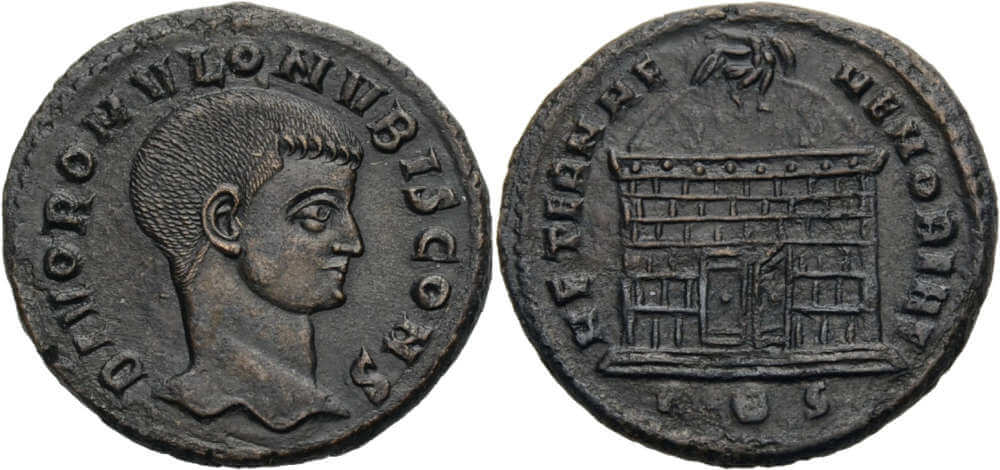
Lot 349: Roman Imperial. Romulus, son of Maxentius. Nummus, posthumous, 309-310. Good portrait. Rare. Extremely fine. Estimate: 100 EUR.
The soldier-emperors and their families are also represented by some interesting coins. There are expressive portraits of Maximinus Thrax (No. 226) and Philip the Arab (No. 242). Mariniana, who was probably the wife of Emperor Valerian and mother of Gallienus, only appears on coin portraits (No. 269). Likewise, Magnia Urbica, the wife of Carinus and probably the mother of Nigrinianus, who died young, is only known from her coins and a few inscriptions (No. 298). The portrait of Aurelianus from Milan (No. 282) makes him look very like his predecessor Claudius II. Gothicus- this sometimes happened when a Roman mint had no official portrait of a new emperor to work from. The later Roman Empire is also well represented, including an argenteus of Constantius I. Caesar depicting the Tetrarchs (No. 38), coins of Romulus (No. 349) Constantine the Great (LIBERTAS PVBLICA, No. 370), Diocletian (No. 338) and many more. After that there are numerous Byzantine coins and coins of the Crusaders.
Among the medieval and modern coins is a small collection of coins from Bavaria. There is also a collection of Polish coins from Medieval to Modern times, including some pattern coins in etuis and modern papal medals featuring John Paul II. There is a range of coins from China, including silver rupees for the trade with Tibet (Nos. 811-812), a Dollar from the Pei Yang Arsenal (No. 814), and a rare uncirculated pattern from Shantung from 1932 (No. 825) as well as a range of modern uncirculated silver 1oz. Panda coins. Tibet is also represented with a series of silver Tangkas and bronze issues.







